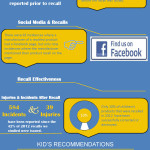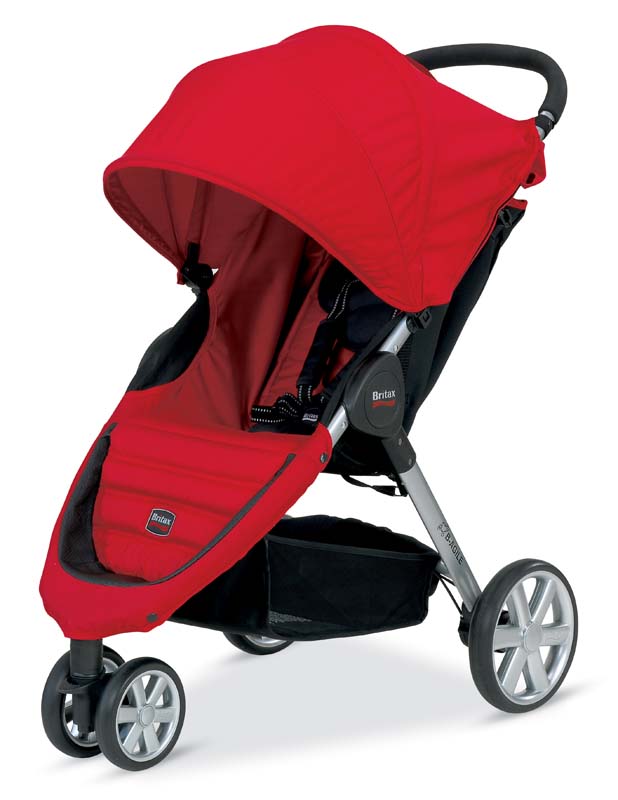
Update: Check out the updated USA Today article , NBC 5 Chicago video coverage of the report, pictures from the event. 4 more children’s products have been recalled for safety hazards since KID’s recall report last week. “Like” KID on Facebook to keep up with the latest recalls and sign up for KID’s email alert to get a list of recalls delivered to your inbox each month.
Today KID released a report, After the Recall: Dangerous Products Remain in Homes, taking a look at recalls of the just ended year. We see progress in the 2013 recall numbers – crib recalls are down and there were no recalls for toys with lead. Both those products have tough new mandatory standards and testing requirements. But there were eleven deaths in the products recalled in 2013, including 5 in the Nap Nanny, a product we have warned parents about repeatedly. We were joined at the press conference by Lisa Siefert, who started Shane’s Foundation after her son was killed by one of the dressers recalled last year. It was partly due to Lisa’s hard work that the recall was announced and other families warned of the dangers. Check out the infographic with key information from the report.
Our message was echoed by Illinois Attorney General Lisa Madigan and US Congresswoman Jan Schakowsky – we need to keep working to get dangerous products off shelves and out of our homes.
We included new information in the report this year. First, we looked at how companies used social media to reach consumers with safety news. We saw some great examples, such as Step2 which has a dedicated recall Facebook page, but also posts on their home page. But overall the results were disheartening. Of the 114 recalls, a little over half were announced by companies with Facebook pages (63). But of those, only 9 used Facebook to share recall information. An equal number (63) were on Twitter, but only 8 tweeted recall information. We see this as a lost opportunity and would urge both CPSC and recalling companies to use social media in new ways to reach the consumers using their products when there is a recall. You can follow KID on Facebook and Twitter. We’ll post every recall and you can share them with your friends and family.
But the recall is only the first step. The most important thing is to then get recalled products out of homes and child care. Again, we did additional research – looking back one year to 2012 children’s product recalls. The only way to get information that companies are required to report to CPSC on their recall activities is to file a Freedom of Information request for every recall. So we did. Our biggest finding — these reports are not being filed or have missing or mathematically impossible results (such as retrieving more than 100% of products). Thirty-one reports were either missing from the files (27) or our request never got a response (4). We limited the report to the first 10 months of the year and ended up with 41 updates from companies. On average, these companies could account for 10% of recalled products – and less than 5% of products with consumers. That leaves millions of dangerous items in our homes and child care facilities.
Research should lead to action. Can you take the following action steps to keep children safe?
- Check the products you use with children against the recall list at CPSC.gov or use KID’s mobile site on your phone or tablet to search on the go.
- Report problems with products – whether they have been recalled or not – at SaferProducts.gov. This source of information is available to the public and your report might keep another child safe.
- Join KID in asking CPSC to do more to keep children safe by requiring more from companies conducting a recall to actually get products out of children’s hands. Send a message to the three Commissioners: Acting Chairman Bob Adler, Commissioner Marietta Robinson and Commissioner Ann Marie Buerkle at cpsc-os@cpsc.gov saying that you support efforts to strengthen recall requirements.
- Write to your congressional representatives, asking them to request annual reporting on recall effectiveness from CPSC. Only sunshine on these abysmal numbers will move companies to action.
KID’s mission is to protect children by improving children’s product safety. The findings of this report give us a roadmap for our work on product design and recall effectiveness.


